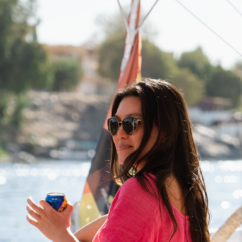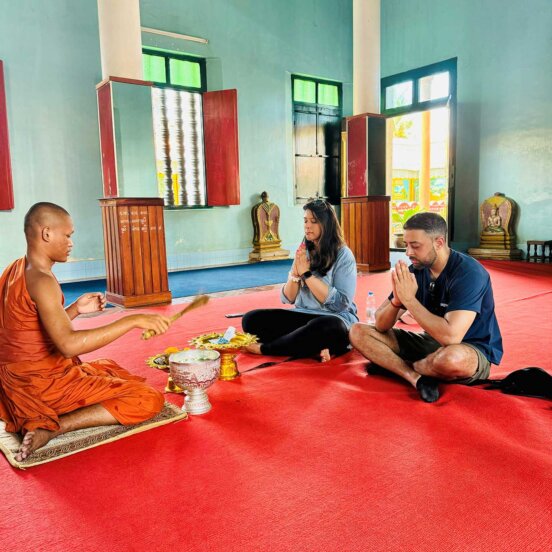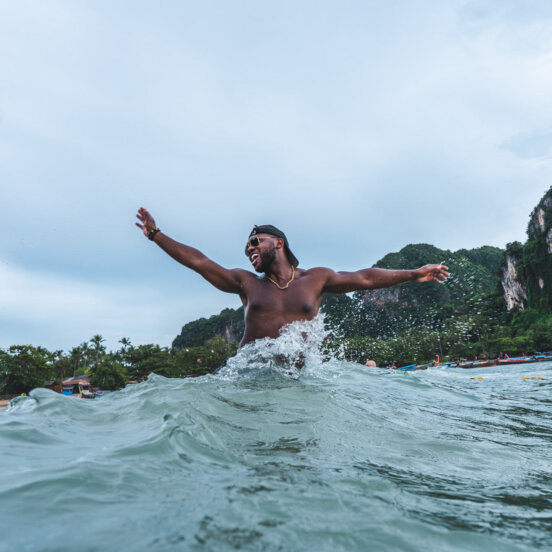Aurora Australis: have you heard about the Southern Lights?
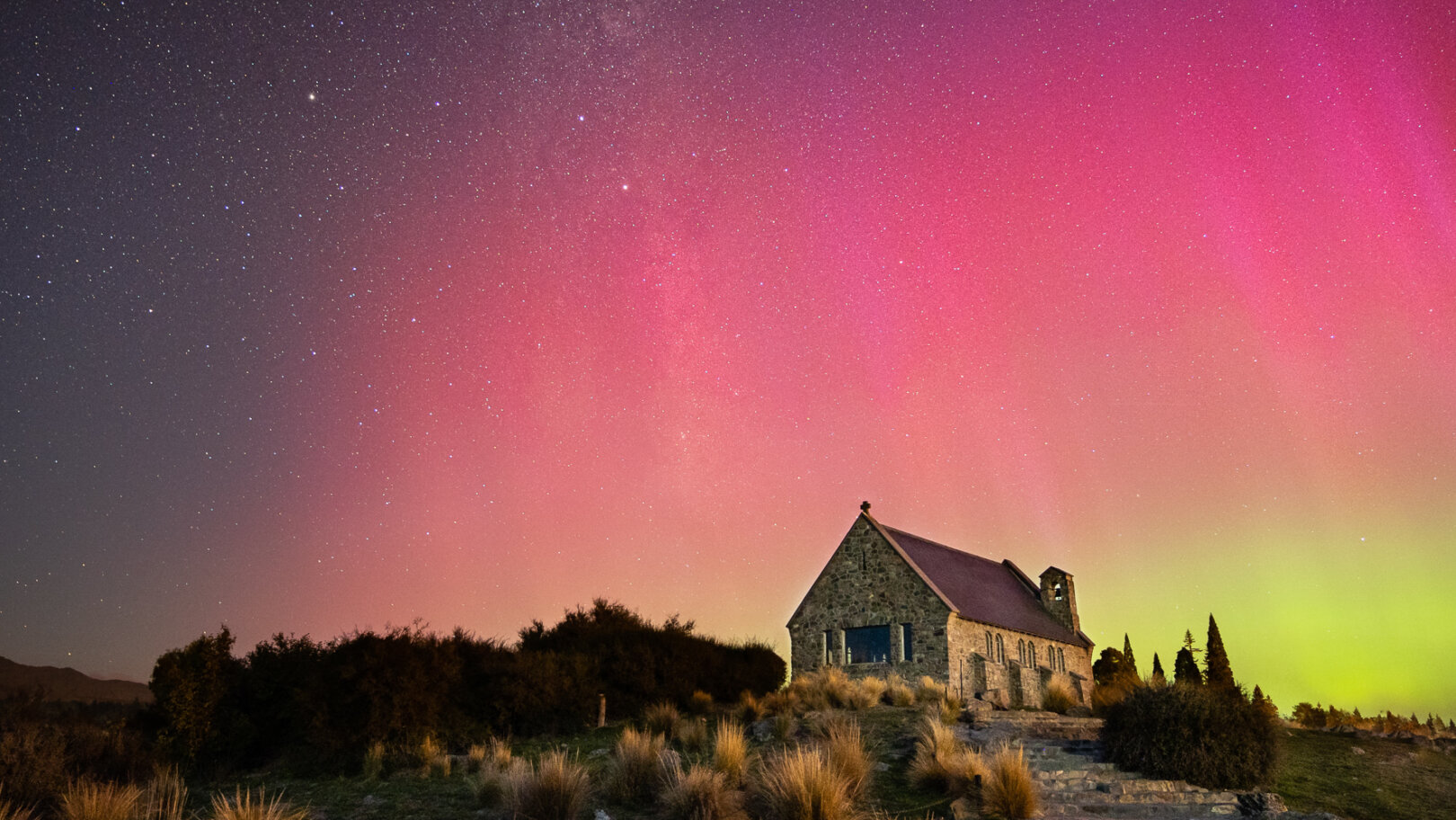
While most of us are familiar with the dancing light spectacle of the Aurora Borealis (the Northern Lights), one of the Seven Natural Wonders of the World, in the Northern Hemisphere, the southern version hasn’t quite reached the same fanfare, despite whirling, twirling and pirouetting just as energetically. Aurora Australis (the Southern Lights) is most commonly seen in the night skies above Tasmania, New Zealand and the Antarctic. The best time of year to catch a glimpse of them is between July and August, when the Southern Hemisphere is embroiled in winter and the shorter, darker days offer the lights centre stage.
And, with the differing seasons between the two spectacles, trips to take in Finland, Iceland, Australia, New Zealand and the Antarctic mean you could enjoy a seeing the lights in action year-round.
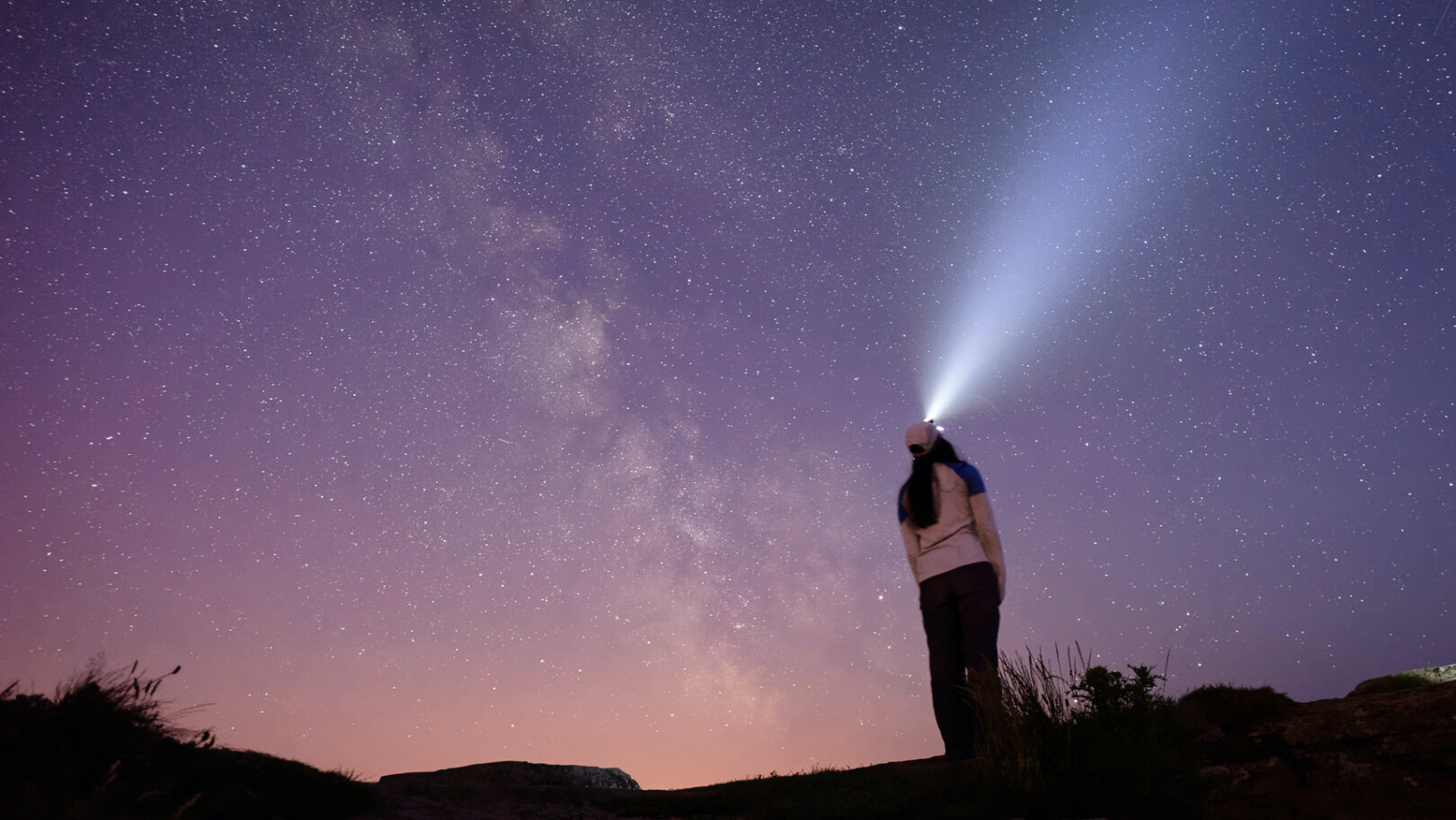
What is the Aurora Australis?
The Aurora Australis is a naturally occurring phenomena that illuminates the Southern Hemisphere’s night sky with a vibrant display of colour, much like the better known Aurora Borealis. Shades of green, blue, pink, purple and gold majestically move across the skies when high energy particles ionise different gases, creating a multitude of hues. Researchers are fascinated by auroras and use them to study activity beyond the earths atmosphere.
While there may not be quite as many spots to witness them from, due to accessibility, the places you can venture to don’t disappoint. South Georgia Island, part of a small isolated archipelago in the southern Atlantic Ocean west of South America, is one of the better spots, thanks to its remoteness. While visitors visit on cruise ships, the lights prance visibly in the skies above. For less extreme travel, Tasmania, Australia and the southern reaches of New Zealand also offer the perfect canvas.
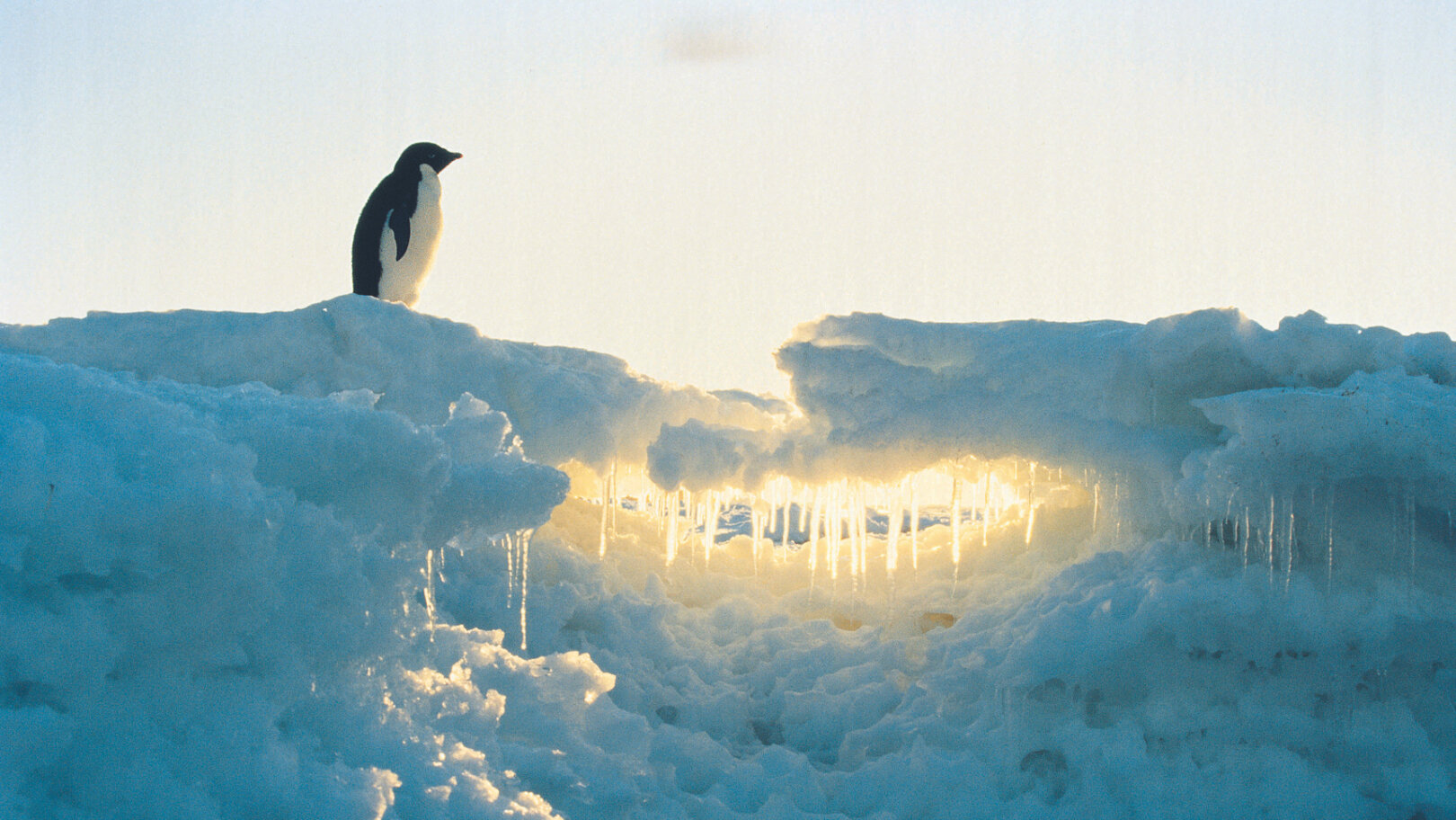
The best places to see the Aurora Australis
Antarctica
With limited infrastructure, Antartica experiences some of the clearest and most illuminated skies. The aurora can be best seen during the Southern Hemisphere’s winter (February to October), when the days are long and dark. Most visitors sail by expedition ship that can easily navigate the icy, polar waters, boarding in Argentina’s Ushuaia, crossing the Drake Passage to the South Shetland Islands, and then on to the Antarctic Peninsula. You can stay on land in lodges, pods and Antarctic camp sites through organised adventure companies, having the chance to witness the staggering beauty of the lights from one of the most staggeringly beautiful places on earth.
Australia
While not all of Australia is privy to the epic displays of the Aurora Australis, Tasmania, an island state 150 miles off the coast of southern Australia, has some of the best spots to view the ethereal light show. And, while they can be spotted from the majority of places, some are much better than others. Cockle Creek, the southernmost point in Australia, and two hours south of the capital, Hobart, offers the clearest view, thanks to little very light pollution. Cradle Mountain-Lake St Clair National Park in the Central Highlands, northeast of Hobart, has unobstructed views and beautiful glacial lakes that reflect the skies above.
New Zealand
New Zealand‘s Stewart Island is located below the South Island, making it one of the better spots to view the aurora spectacle. Reached by ferry from Bluff, the island, Rakiura National Park covers around 80% of the island, meaning there’s an abundance of crowd-free areas from which to observe the Aurora Australis. The best months for chasers, as committed aurora spotters are known, to witness the light fantastic are between March and September.
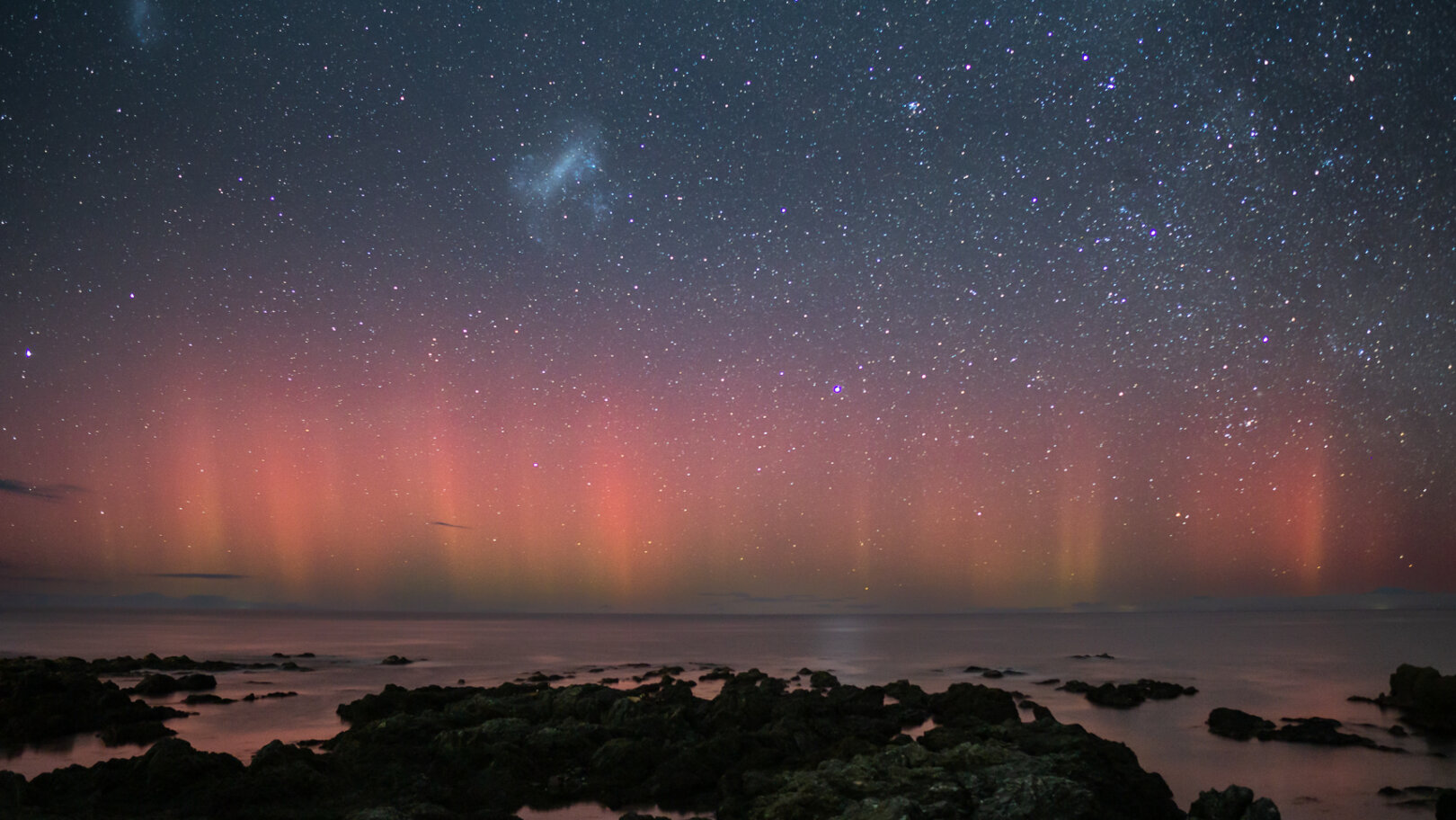
When is the best time to see the Aurora Australis?
Technically speaking, the Southern Lights can be seen year-round, but as with any natural phenomena, they are unpredictable and there are no guarantees of when they will appear. The best time to spot them in the Southern Hemisphere is during winter then the days are darker for longer, usually between March and September. Weather plays a big part in their appearance – dark clear nights are ideal conditions for aurora-hunters. Researchers and weather experts continue to try and forecast sightings, using science and the data from other watchers.
Aurora Australis vs Borealis: What’s the difference?
The key difference between the two natural occurrences is location – one occurs in the Northern Hemisphere and one in the Southern Hemisphere. The other is the time of year, thanks to alternative winter months. For the Aurora Borealis in the north, the lights predominately appear within the Arctic Circle, including Canada, Finland and Iceland, although they can be seen as far away as Scotland and parts of northern England. In the south, they can be spotted from Antarctica, Australia and New Zealand.
How to photograph the Southern Lights
Photographing an aurora can be tricky and requires a good camera, a tripod and the right shutter speed. It also requires a lot of patience. Here are some of our top tips for capturing the dancing night skies.
Ensure you have the right equipment
Ensuring you have the right equipment is essential. Yes, you need a good digital SLR camera, an sturdy and adaptable tripod, a shutter release to avoid camera shake in the cold and extra camera batteries as the cold air can drain them quicker. But, you also need to come prepared with the right clothing as it can take time and patience waiting for the light displays to erupt come night. Insulated boots and socks will keep your feet warm, thermals, layers and waterproofs, windproof and waterproof gloves with a good grip (and hand warmers), and a good hat.
Choose the right camera settings
Photographing something moving, at night and in cold conditions can be more than challenging, so researching what settings to start with will help you get the best results quicker. A long shutter speed is essential (around 20 seconds to start), as is a wide aperture (f2.8) which opens up your lens to let in more light, and a high ISO – your cameras sensitivity to light – so start around 800 and work up. As with everything, it’s a matter of trial and error as too long a shutter speed can lead to an excess of light obscuring your image and too much sensitivity can leave the composition grainy.
Work on your composition
Composition might seem like a simple concept when photographing an aurora but in reality it can make or break the image. It’s tempting to simply swap the sky, with it’s myriad colours and swirling beauty, but it can result in a picture with no real story. use the spectacular scenery to give the image a foreground focus and the picture a frame, whether that be mountain scenery, natural landscapes or glacial lakes.
Ready for your next adventure? Try group solo travel to New Zealand or Australia for the Aurora Australis, or Finland, Iceland or Argentina for the Aurora Borealis with Flash Pack – designed exclusively for people in their 30s and 40s, seeking the independence of solo travel within the safety of a group.
Got a story or adventure that could inspire a solo traveller like you? Tag @flashpack on social or email [email protected] to be featured.
Images: Unsplash
